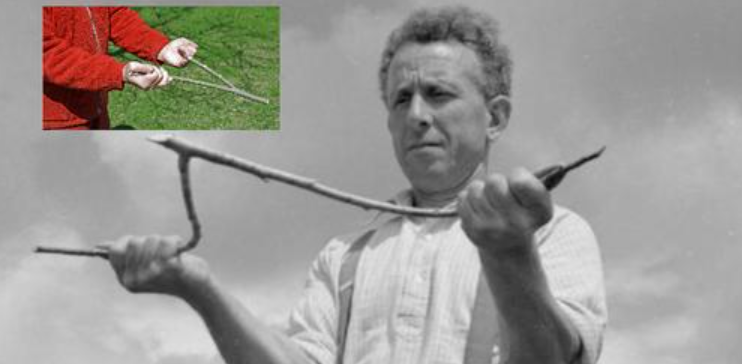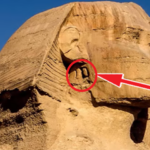Recently, an image of an unusual tree branch circulated, leaving many puzzled about its purpose. After much speculation, the answer was revealed: it is a tool used for water dowsing, a practice that dates back to the 1500s.
Water dowsing, also known as divining or doodlebugging, involves using a Y-shaped branch to locate underground water sources. The dowser holds one branch in each hand, with their palms facing upward, and tilts the stem of the Y toward the ground at a 45-degree angle. They then walk back and forth, observing any movement at the bottom of the Y.
According to the old wives’ tale, the vibrations detected at the bottom of the Y indicate the presence of water underground. This technique was used to help homeowners in rural areas find water sources without the need for expensive drilling in the wrong spots.
Originally, dowsing involved the use of metal rods to locate various minerals. Over time, it transitioned to finding water, which proved to be a valuable application, especially in areas where water was scarce.

However, with the advancement of technology, it was discovered that water is generally present beneath the Earth’s surface.
Although the scientific validity of water dowsing is questionable, some drilling companies still employ the technique as a preliminary step to confirm the presence of water before proceeding with drilling.
The tool’s ingenuity in its time is noteworthy, and its historical significance is a testament to the creative methods people devised to solve practical problems. While the practice of water dowsing has lost credibility, it remains an interesting part of our collective history.
If you were familiar with the tool’s purpose, congratulations! Consider testing your friends’ knowledge to see if they had the same insight. The discovery of the tool’s identity serves as a reminder of the intriguing and sometimes unconventional methods employed by our ancestors to navigate the world around them.


